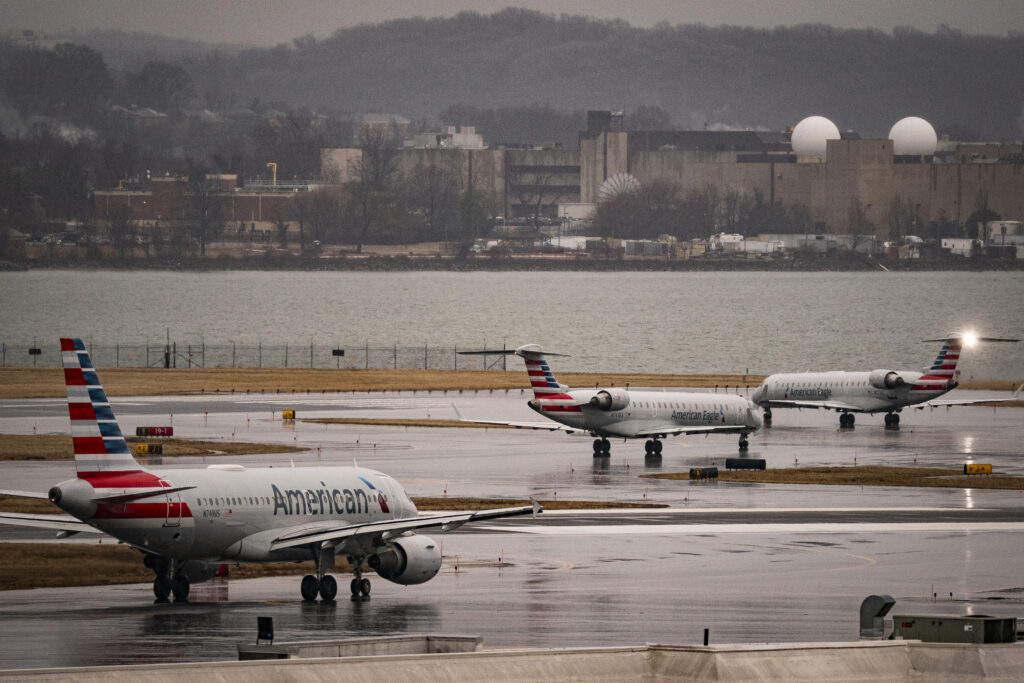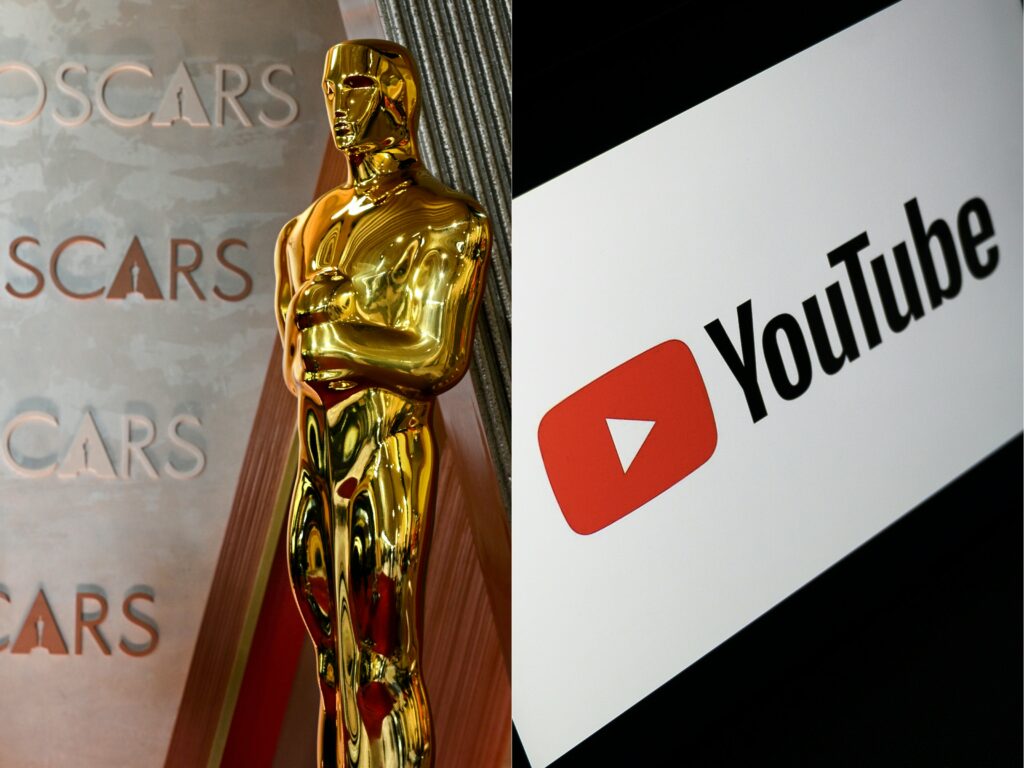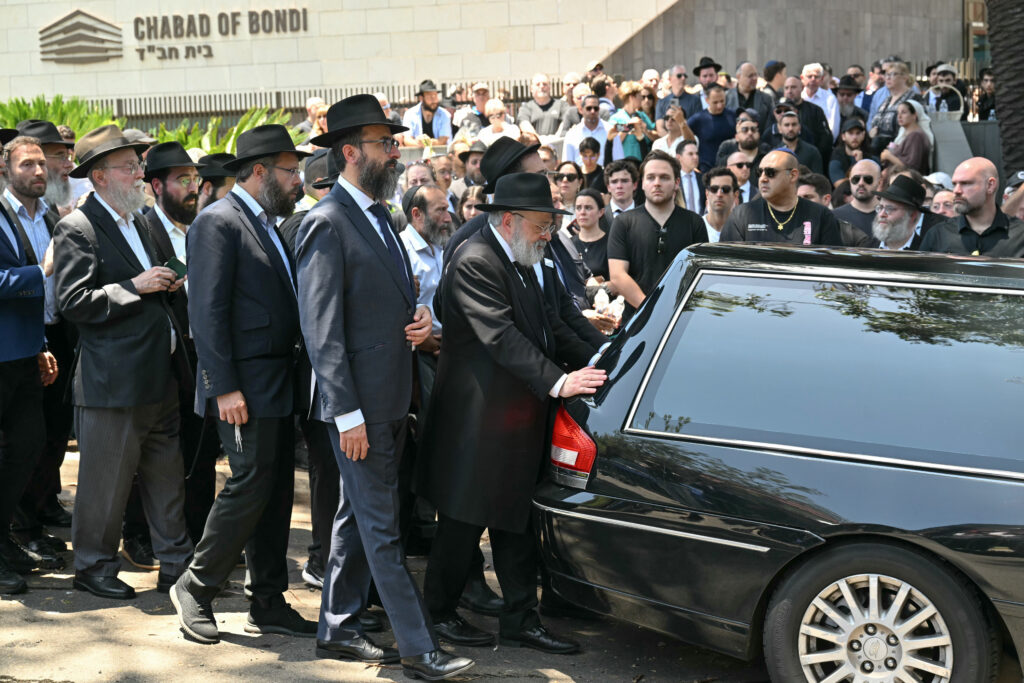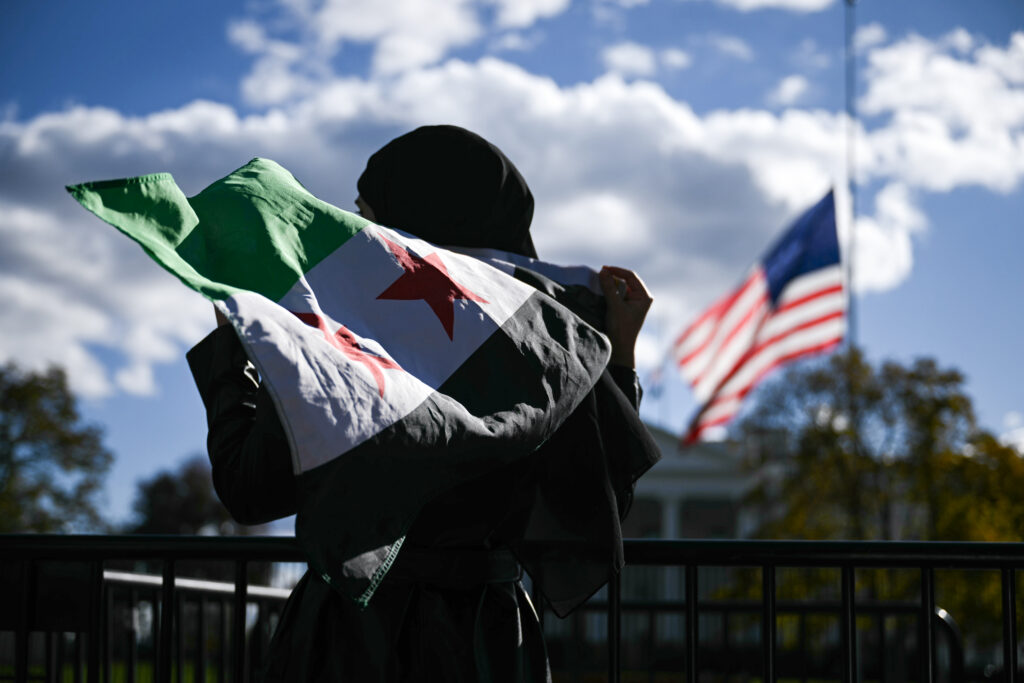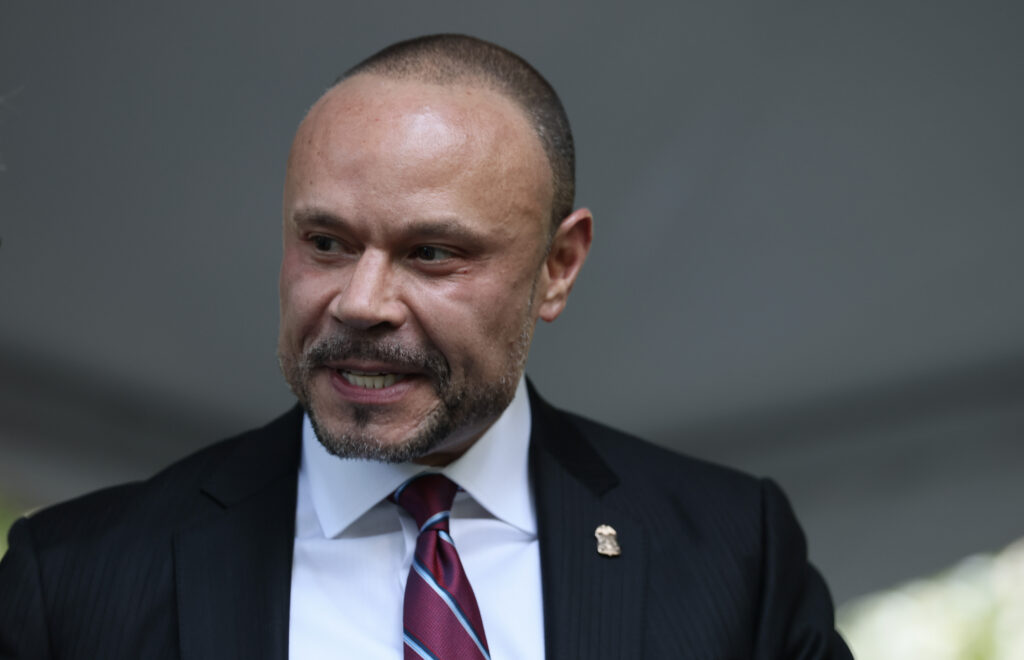Dans une synagogue bondée, emplie de cris et de larmes, la communauté juive de Sydney traumatisée a rendu hommage mercredi au rabbin Eli Schlanger, première victime de l’attentat antisémite de la plage de Bondi a être mise en terre.Celui qui était connu sous le nom de “Rabbin de Bondi” a été abattu dimanche sur la plage du même nom, lors de l’attentat le plus meurtrier en Australie depuis des décennies.Les proches et les membres de la communauté ont laissé échapper des sanglots quand le corbillard transportant le corps de M. Schlanger, 41 ans, est arrivé et que son cercueil, recouvert d’un velours noir orné de l’étoile de David, a été déposé.David Deitz, homme d’affaires de 69 ans, qui connaissait M. Schlanger “depuis très, très longtemps”, explique à l’AFP que le rabbin a eu “une influence positive sur beaucoup de gens”.”C’est un choc pour l’Australie de voir un tel événement se produire ici. Ce n’est pas dans la nature des Australiens”, poursuit-il.Une forte présence sécuritaire a été mobilisée lors des obsèques, avec des policiers alignés dans la rue fermée au public.Dans un pays considéré depuis longtemps comme un refuge, et qui abrite environ 2.500 survivants de la Shoah, le massacre de dimanche a instillé le doute quant à la politique de Canberra contre l’antisémitisme.En 2021, le nombre de juifs australiens était estimé à 117.000.- “Ils auraient pu nous écouter” -Jillian Segal, la responsable de la lutte contre l’antisémitisme en Australie, a fustigé cette semaine des préjugés antijuifs “qui s’insinuent dans la société depuis de nombreuses années et contre lesquels nous ne nous sommes pas suffisamment élevés”.Mme Segal a été la première nommée à ce poste après une série d’attaques antisémites à Melbourne et à Sydney, au début de la guerre d’Israël dans la bande de Gaza. Au cours des 12 mois suivant l’attaque du Hamas en Israel du 7 octobre 2023 qui a déclenché cette guerre, les incidents de nature antisémite en Australie ont augmenté de 316%, dépassant les 2.000, dit-elle.”Nous devrions pouvoir être qui nous sommes sans avoir peur”, estime le retraité Danny Ginges.La colère gagne certains membres de la communauté qui estiment que leur cri d’alarme face à la montée de l’antisémitisme depuis le 7-Octobre n’a pas été pris en compte.”Ils auraient pu nous écouter” se désole Brett Ackerman, 37 ans. Pour lui, l’attaque n’était “pas une surprise”. A côté de lui, le rabbin Yossi Friedman acquiesce. “Le message était clair depuis un peu plus de deux ans”, soutient-il. “Est-ce que nous nous sentons en sécurité? Pour être honnête, pas vraiment.” “Nous pensions être en sécurité. Nos grands-parents et arrière-grands-parents étaient des survivants de la Shoah, et beaucoup d’entre eux sont venus ici pour échapper à la haine et au sang versé, aux pogroms, à la persécution (…) et c’est ce qu’on retrouve ici”, observe-t-il.-“Problème de société”-Le Premier ministre Anthony Albanese a dénoncé l’attaque de Bondi comme un acte terroriste antisémite de “pure méchanceté” perpétré par des hommes inspirés par l’idéologie jihadiste du groupe État islamique.Mais il a rejeté les critiques selon lesquelles son gouvernement n’avait pas réagi suffisamment à l’appel de Mme Segal.Le Premier ministre a souligné que son gouvernement avait pénalisé les discours de haine et interdit le salut nazi et les symboles haineux, entre autres.Depuis la fusillade, M. Albanese mène une initiative conjointe entre le gouvernement central et les Etats d’Australie en faveur d’un contrôle plus strict des armes à feu. L’assaillant le plus âgé possédait six armes dûment enregistrées.Mais pour Brett Ackerman, “la réforme des armes à feu est une diversion totale par rapport au vrai problème, qui est la haine, il faut identifier la haine là où elle commence”.Au départ du cercueil, les spectateurs ont entonné des chants en hébreu. Submergés par l’émotion, certains se sont effondrés dans les bras de leurs proches, à peine capables de tenir debout.”Je sens que ces dernières années, les Juifs ont été en état d’alerte maximale”, rapporte M. Ackerman. Cet analyste de données se sent triste et en colère, et fait référence aux “marches de la haine” où il a vu des manifestants porter des drapeaux du Hezbollah.Pour lui, il n’y a pas “beaucoup plus que nous puissions faire” sans le soutien des autorités et d’autres groupes. “L’antisémitisme n’est pas un problème que les Juifs doivent résoudre, c’est un problème de société”.
